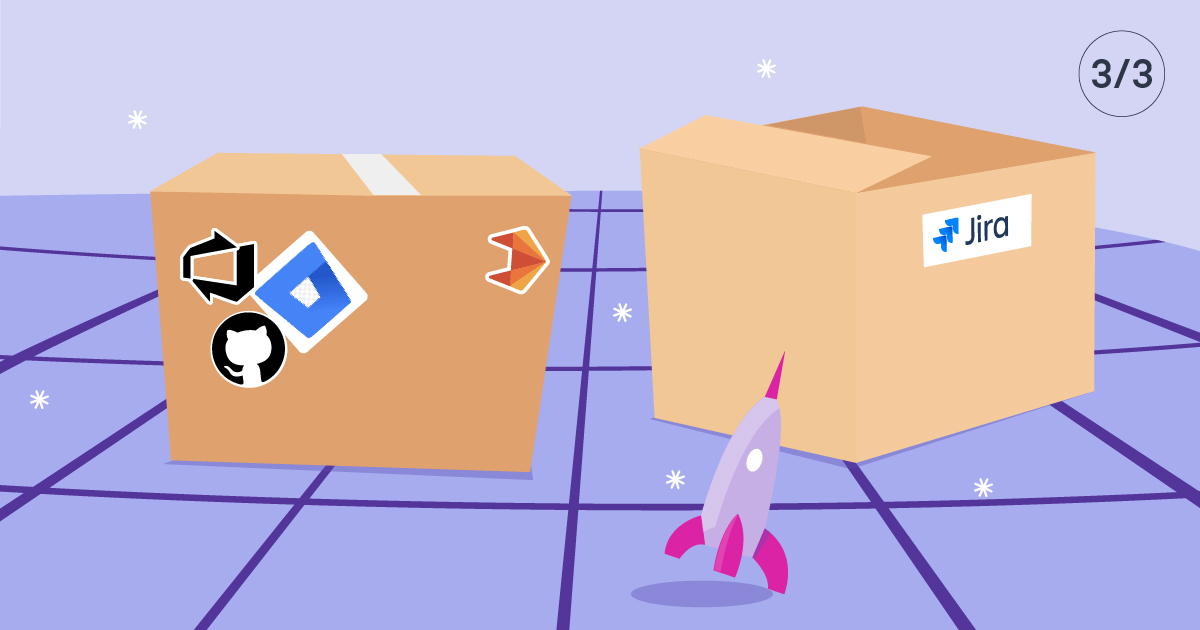
I got my start in web development in the late 1990s. I taught myself HTML and spent every minute I had learning how to manipulate text with markup. I absolutely loved it! I was frequently skipping class to go to the computer lab and work on the school’s website. And for some reason, my teachers let me do it. I’m grateful to them because it fueled my love of technology and learning. When the lab manager wasn’t looking, I’d install a lightweight text editor and a file transfer client. Then I would transfer files between the local lab machine and the school’s web server. Since the computers were wiped clean at the end of each day, there was no way to store a local copy of the website to test against. So, I would download a file, make my changes, upload it back to production, and test it there. Not a good process!
Sometimes I would save a few files to a zip drive and attempt to test them at home, but that never worked out too well. Inevitably, something changed on the sever overnight and my copy of the file was no longer the latest. This lack of process always lead to missing files and broken images, outdated code, overwriting someone else’s code, markup errors, and more. These were the days before CSS when content was laid out in tables. If you forgot to close one table cell your entire page was no longer readable. I learned early on how NOT to do web development, just like I I learned how NOT to do Jira administration. While those initial years were painful at times, learning what not to do was also very valuable.
Now I understand the importance of a robust testing and deployment process where changes are first made in a test environment, code is versioned and checked into a repository, change procedures are standardized and managed with tools, and pipelines control the deployment and rollback process. If you’re still deploying Jira changes manually or directly in production there’s a better way! Use Salto pipelines to easily move changes from a sandbox to production environment or other applications.
Check out the third article in my “DevOps for Jira” series on Salto’s website.

Read: DevOps for Jira #3: Building a Release Pipeline
From creating a test environment to automatically creating pull requests – this series has you covered.
